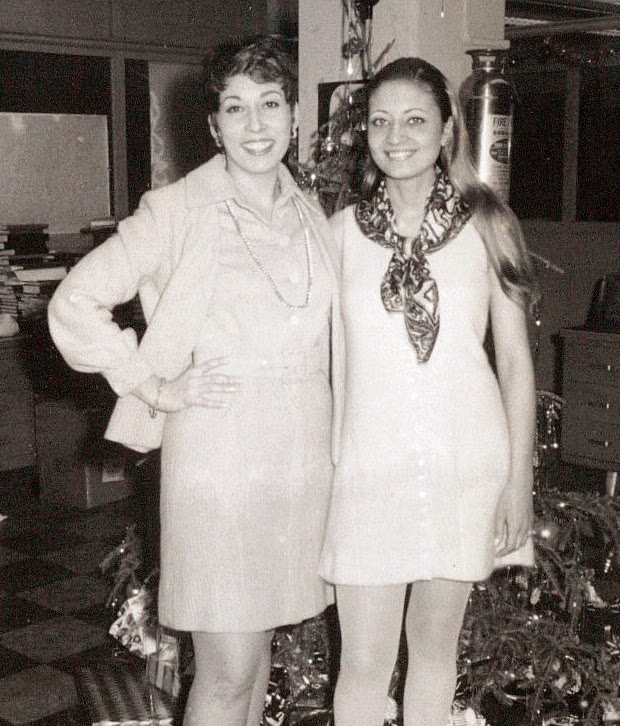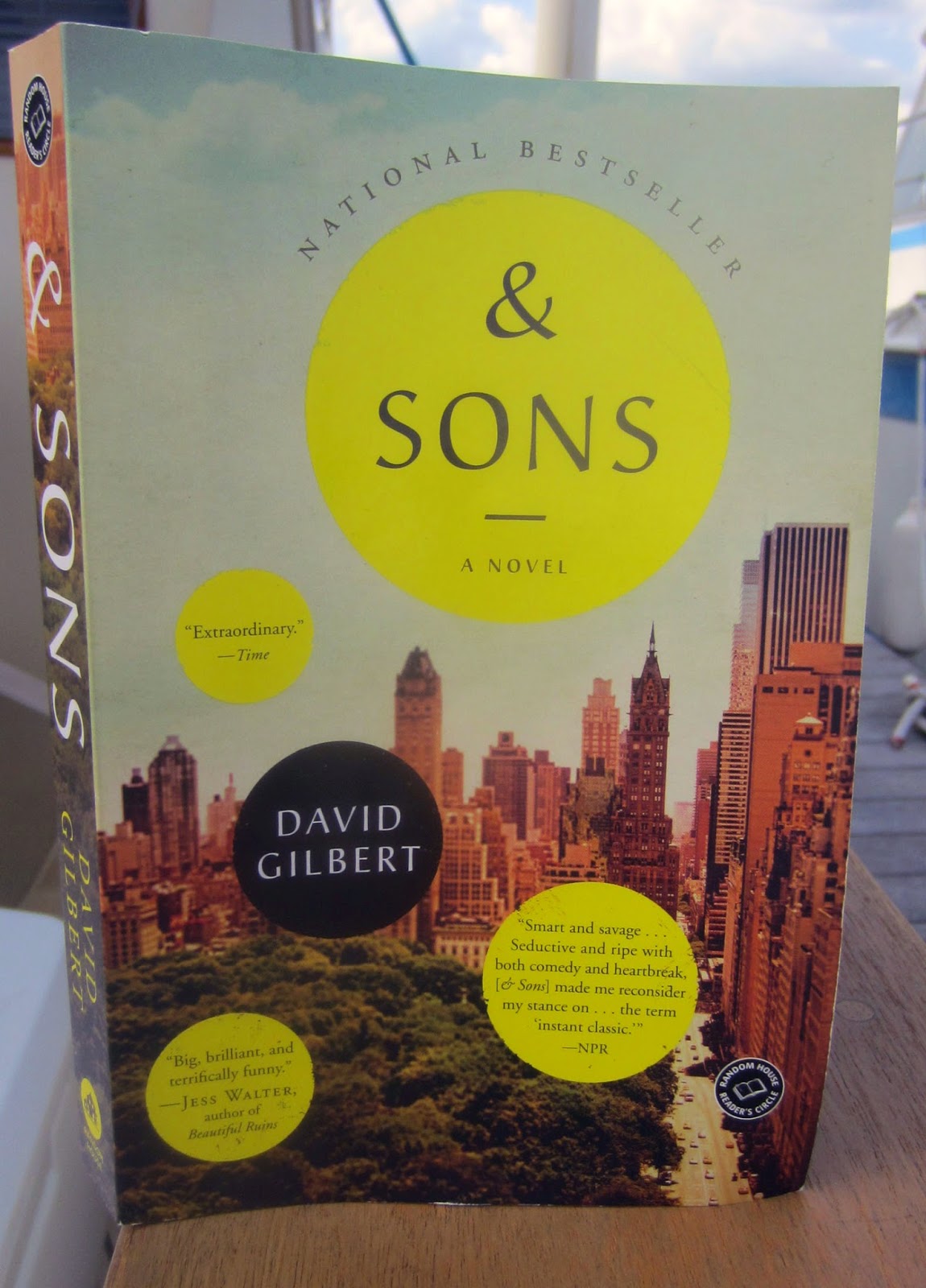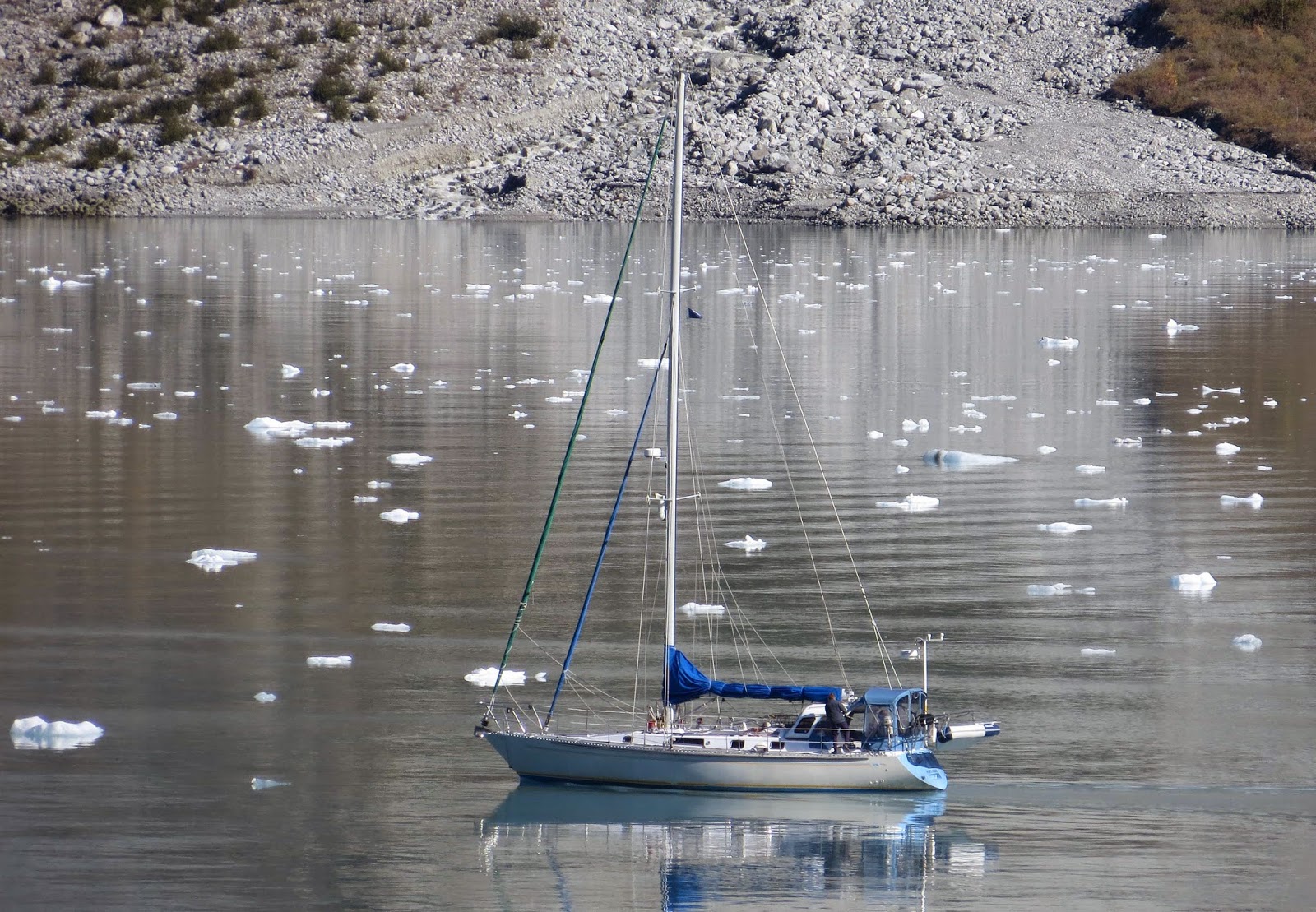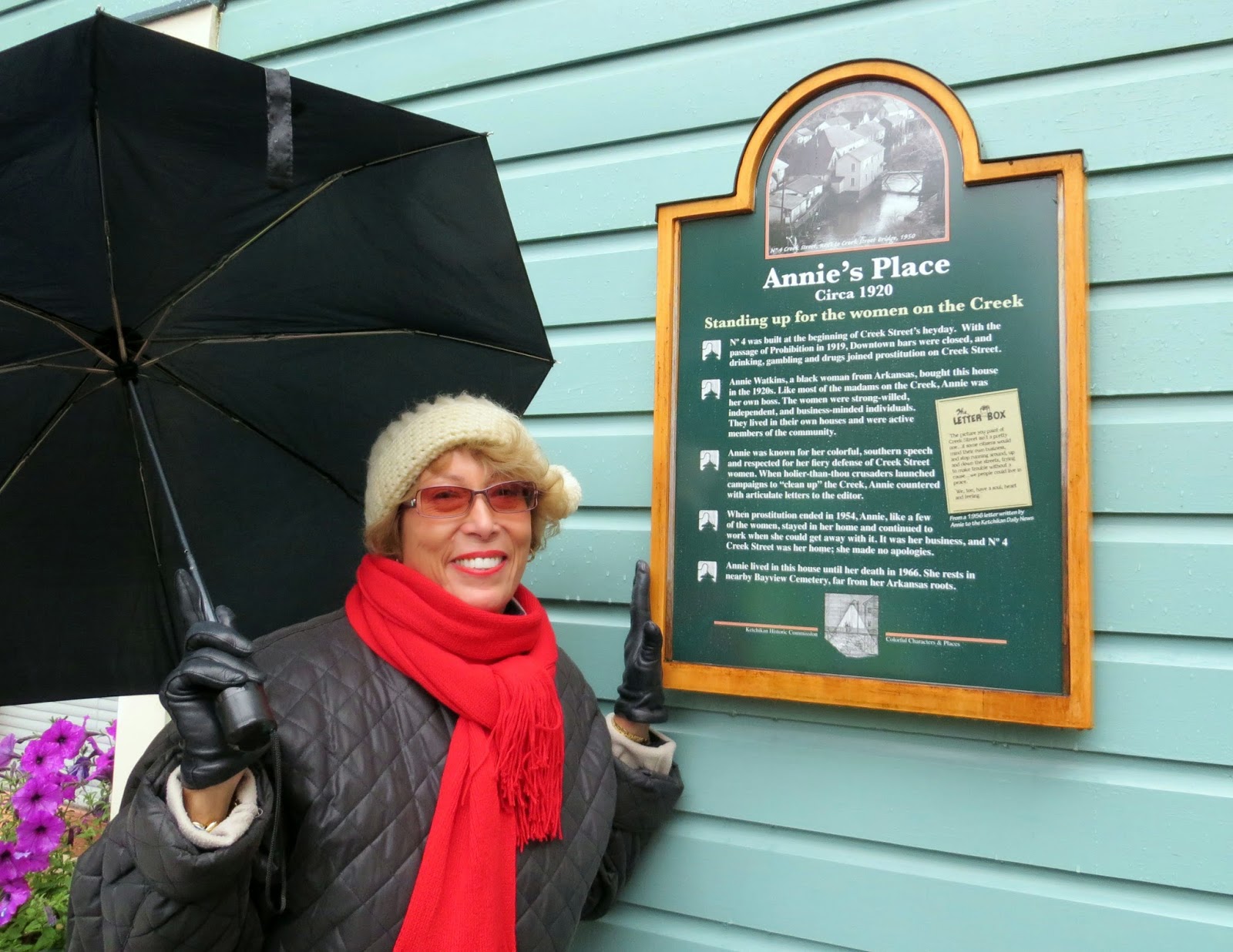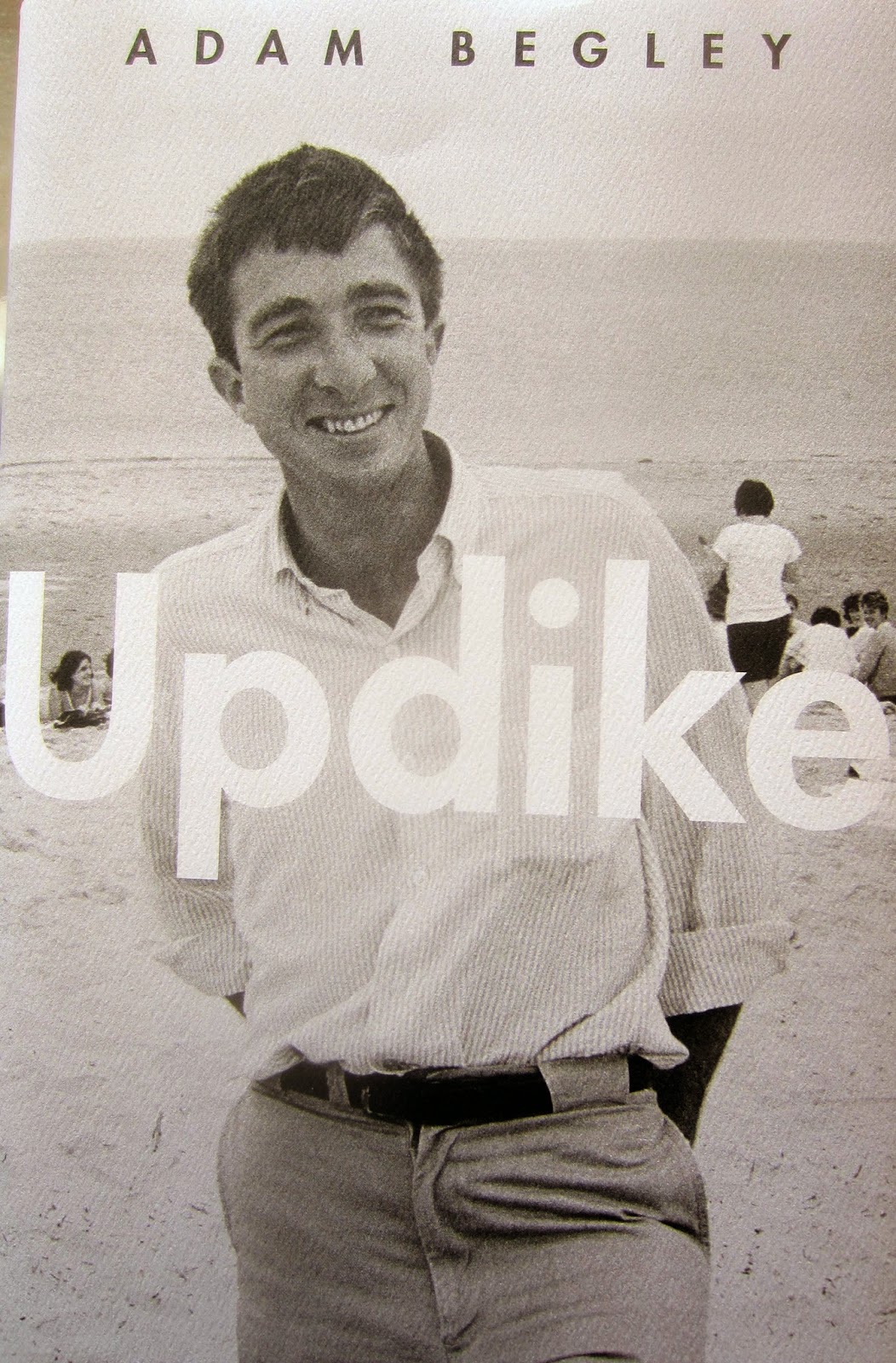 I waited on Amazon’s virtual Internet line to buy one of the first copies shipped of Adam Begley’s biography of John Updike. Any reader of my blog knows he is my favorite author, I think the best of the late 20th century, along with Philip Roth. But unlike most of his contemporaries, he flourished in all venues, poetry, short story, novels, as well as being a brilliant man of letters. As George Gershwin was to American music, Updike was to American Literature.
I waited on Amazon’s virtual Internet line to buy one of the first copies shipped of Adam Begley’s biography of John Updike. Any reader of my blog knows he is my favorite author, I think the best of the late 20th century, along with Philip Roth. But unlike most of his contemporaries, he flourished in all venues, poetry, short story, novels, as well as being a brilliant man of letters. As George Gershwin was to American music, Updike was to American Literature. I wondered whether any biographer would be up to the task of capturing the breadth of his accomplishments. The literary biography bar had already been set very high by the relatively recent biographies of other important late twenty century writers, Carol Sklenicka's Raymond Carver: A Writer's Life,Blake Bailey’s Cheever,A Life,and also by Blake Bailey, A Tragic Honesty; The Life and Work of Richard Yates.
In fact, I thought Blake Bailey would emerge as the ideal biographer of John Updike (but he is now working on a biography of Philip Roth which will round out the pantheon of “my” authors). Adam Begley may have had an inside track. His father, Louis Begley, another author I admire, knew Updike. They were at Harvard together as undergraduates, although Begley went in a totally different career direction upon graduation, into the law, until he found himself writing novels towards the end of his career and now into retirement. For me, there is an uncanny connection between Louis Begley and John Updike as social commentators, capturing the times I’ve lived. I explained my case here and here, so no sense going into further detail in this entry.
And so back to Adam Begley’s biography of John Updike, who I felt I “grew up with” and admired from afar, reading most of his incredible output with such admiration and wonder that one person could write so prodigiously and with such high literary quality. Like Roy Hobbs, Updike was a “natural.” He made poetry out of the quotidian.
Begley’s biography is superb, treating Updike with both reverence and objectivity. In fact, my rose colored glasses of Updike were somewhat removed by the biography. To my surprise, Updike was less than a perfect human being! And he indeed lived the life he described in the novel so often associated with him, Couples. I don’t make this observation as a moral criticism, but more as an abandonment of a certain naiveté I’ve had about Updike. It doesn’t change my love of his work or my assessment of his importance to the world of American literature. In fact, I think Begley’s biography will go a long way in assuring his place as one of the most important American writers, period.
Begley well documents Updike’s four stages of life, his cloistered childhood in Shillington and Plowville, PA, his Harvard years where he acquired “a monumental erudition,” the period of his first marriage to Mary during which time they raised a family of four children in Ipswich, MA and he established himself as a writer of consequence, and his second marriage to Martha during which time he wrote from the perspective of an acknowledged senior statesman of American literature.
Although Updike finally left his home town of Shillington, PA, that town never left him or his fiction, nor did his later residence in Ipswich MA after he graduated from Harvard (and married in his Junior year, just as I did). But before Ipswich, he worked at The New Yorker for a while and lived the life of a young NY writer. The New Yorker and Updike were inseparable during his entire career. In fact there were generations of Updikes published in that venerable magazine, some of his mother’s short stories and stories by his son, David. All three mined autobiography for their fiction and Updike felt a little “crowded” by his mother and then son appearing in the same pages (although their contributions were minimal compared to his).
Having left New York, as well as Shillington, he developed two alter egos to deal with “what might have been.” He imagined a life of Harry Angstrom in his Rabbit tetrology….a high school basketball star in PA, but then what? And in a number of short stories he imagined a life of Henry Bech, a writer from the “New York school of writing.” The Maple short stories, on the other hand, closely chronicled his deteriorating first marriage even detailing his own children. In fact if there was anything that stands out in Begley’s biography it is how Updike extracted fiction from his personal experiences; absolutely nothing escaped his omniscient eye.
After his second marriage, Updike and Martha moved more inland, away from Ipswich, to Georgetown, MA (and years later to Haven Hill, a mansion in Beverly Farms MA, and although on the sea, still secluded). He lived a more isolated life during his later years. Begley notes that there he was “settled and safe – out of harm’s way – and free from the time – and energy-consuming entanglements of the riotously unmonogamous Ipswich lifestyle. But he worried that he was putting too much distance between himself and the sources of his inspiration.” Updike himself, after nine months into his second marriage said, “One of the problems of being a fiction writer is that of gathering experience. The need for seclusion and respectability that goes with some success, both are very sheltering – they cut you off from painful experience. We all want to avoid painful experience, and yet painful experience is your chief resource as a writer.”
Curiously enough, as Begley points out, as a young writer Updike made his mark without the anger and torment of so many of his contemporary writers. “He wasn’t despairing or thwarted or resentful; he wasn’t alienated or conflicted or drunk; he quarreled with no one. In short, he cultivated none of the professional deformations that habitually plague American writers. Even his neuroses were tame. Except for his psoriasis, his stutter, and his intermittent religious doubts, he faced no obstacle that hard work and natural talent couldn’t overcome.” Perhaps that is because Updike came from a cocoon of love and protection and adulation, his mother recognizing his genius (and he was a bone-fide one), fostering it and in a sense living out her own dream as a writer through her only child. They had a close relationship throughout Updike’s life. In fact, his mother was a published author, but her focus was always on her son
And indeed, Updike was a hard worker and devoted himself to writing most days of his life when he was not travelling, playing golf or sometimes poker, or philandering (although, gathering information from all those activities).
I think Begley gets to the heart of “what made Updike run” – especially during his Ipswich years, by putting his finger on what always puzzled me about Updike, his strong religious vein, usually disguised in his novels but prominent in works such as Roger’s Version. It seemed to be somewhat inconsistent with the life he led. In Ipswich he joined the First Congregational Church (ironically the same religion in which I was brought up, but abandoned as an adult). Religion to Updike was a constant fulcrum in his life, a hinge on which to swing between the fear of death, to his infidelities. Begley hones right in on the issue:
Surrounded by disbelief more or less politely concealed, he refused to play along -- "I decided ... I would believe." Though he disapproved of pragmatic faith, he was well aware of the utility of his own special brand of piety: "Religion enables us to ignore nothingness," he wrote, "and get on with the jobs of life." He explained the tenacity of his faith by pointing to the part played by fear: "The choice seemed to come down to: believe or be frightened and depressed all the time." On a good day, faith in God gave him confirmation that he mattered -- "that one's sense of oneself as being of infinite value is somewhere in the universe answered, that indeed one is of infinite value." Religion eased his existential terror, allowing him to do his work, and to engage in the various kinds of play that best amused him-among them the hazardous sport of falling for his friends' wives. He was caught in a vicious circle: he fell in love, and his adulterous passion made him feel alive, but also sparked a religious crisis that renewed his fear of death -- so he fell in love some more and read some more theology. Not surprisingly, his wife found that she couldn't tell when he exhibited signs of angst, whether he was suffering from religious doubt or romantic torment.
Furthermore, Updike recognized his exceptionalism as a writer and hoarded every document, doodling (he was an expert cartoonist and almost went into the profession of animation), every letter he received. These, he knew, would be a treasure trove for future literary researchers after his death. Even by the time he was in college, Updike had a literary vision of his future, one he described to his mother in a letter: “We need a writer who desires both to be great and to be popular, an author who can see America as clearly as Sinclair Lewis, but, unlike Lewis, is willing to take it to his bosom…[one who could] produce an epic out of the Protestant ethic” A mighty lofty vision for a young man who then carved that future for the rest of his writing life.
Begley’s writing itself is superb with the biography reading like a novel, integrating his observations, bolstering them from Updike’s own fiction. Consider just this one passage: “…Mary’s knack of keeping her husband at a distance, her studiously unruffled passivity – leavened by dry humor, bolstered by tenacious dignity, and sealed with maturing beauty – helped to hold the marriage together. Like many of his damaged fictional couples, they ‘hunkered down in embattled, recriminatory renewal of their vows, mixed with spells of humorous weariness.’” Between his own elegant writing, and plentiful quotes, Begley has managed to create a verisimilitude approaching a virtual hologram of Updike’s life.
In reading this work, I accumulated six single spaced pages of notes and in reviewing them, realized it would be silly to go into detail on all. I’d end up practically reprinting the essence of Begley’s extraordinary biography and as such I’ve omitted so many other issues that “made Updike run” and many of the controversies. My heartfelt suggestion: read the biography!
In some ways this was a difficult one for me to read. We all have a favorite writer, but I also thought of Updike as a distant friend, a one way relationship of course, but an intimate one. His passing was a loss to me. We had so many commonalities as well, his being almost exactly ten years older than I, with a number of uncanny things in common (I don’t mean to compare myself to him in any way however). We lived through the same eras. What he wrote about I experienced.
Towards the end of his life, he gave a talk at the National Booksellers Association in 2006 entitled “The End of Authorship” – a defense of the printed word in which he felt threatened by Google’s attempt to digitize, well, everything. He loved the texture of the book as I do. As Begley recounts, “Updike saw [the universal digitized library] as ruin for writers dependent on royalties. Defending not only the economic model that had sustained him but his fundamental conception of literature, which he understood to be a private, silent communication between two individuals, author and reader, he was arguing for ‘accountability and intimacy.’….His identity was forged in solitary communion with an open book.”
His was a life of productivity and meaning, and now immortality, a writer who will be read for generations. We would all like to be remembered. It was his intention, even as a young man, to achieve exactly what he achieved (and he did it through assiduously hard work, not to mention having a pure genius for writing). How many of us can say that? My life in publishing was something I loved, but now that is gone, receding in my retirement years to the point I sometimes wonder whether it was a dream and what exactly did I accomplish? Reading Begley’s acknowledgments I was heartened that he gave attribution to Jack De Bellis: “Without the herculean efforts of Jack De Bellis, a tireless collector of Updike facts and Updike treasure, all Updike scholars would have to work twice as hard as they do.” I cite this as at the end of my publishing career my company published his John Updike Encyclopedia. Before that we published his John Updike, 1967-1993: A Bibliography of Primary and Secondary Sources.Updike reviewed the chronology for the former and wrote an introduction for the latter. So the circle closes for me. Books matter, great literature captures life better than any compilation of digital photographs, and Updike’s works will be read and studied by generations and generations to follow.
When Updike died in early 2009, I wrote a piece which perhaps puts my feelings expressed above in context. A few months later, at the bottom of this entry I quoted his poem “Perfection Wasted,” quintessential Updike, displaying his playful, satiric side, as well as his endless ruminations about death.
He was a fine poet, a part of his work so often overlooked. It is when he turned most inward. So I conclude this entry by quoting his “Enemies of a House,” still another commonality as I’ve done battle with New England homes as he, and I’m fascinated by how he turns the poem describing the despoliation of an old house into the universality of the end of a life.
Enemies of a House
By John Updike
Dry rot intruding where the wood is wet;
hot sun that shrinks roof shingles so they leak
and backs pane-putty into crumbs, the pet
retriever at the frail screen door; the meek
small mice who find their way between the walls
and gnaw improvements to their nests: mildew
in the cellar, at the attic window, squalls;
loosening mortar, desiccated glue;
ice backup over eaves; wood gutters full
of leaves each fall and catkins every spring;
salt air, whose soft persistent breath
turns iron red, brass brown, and copper dull;
voracious ivy; frost heaves; splintering;
carpenter ants; adultery; drink; death
His was indeed a life well led as documented by Adam Begley in this inspired biography.














